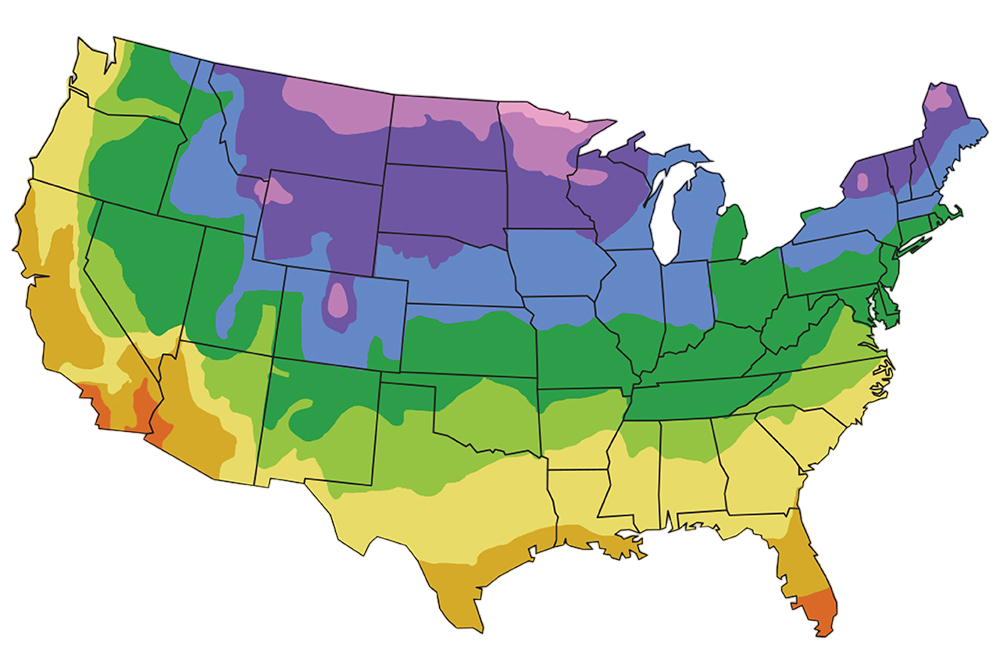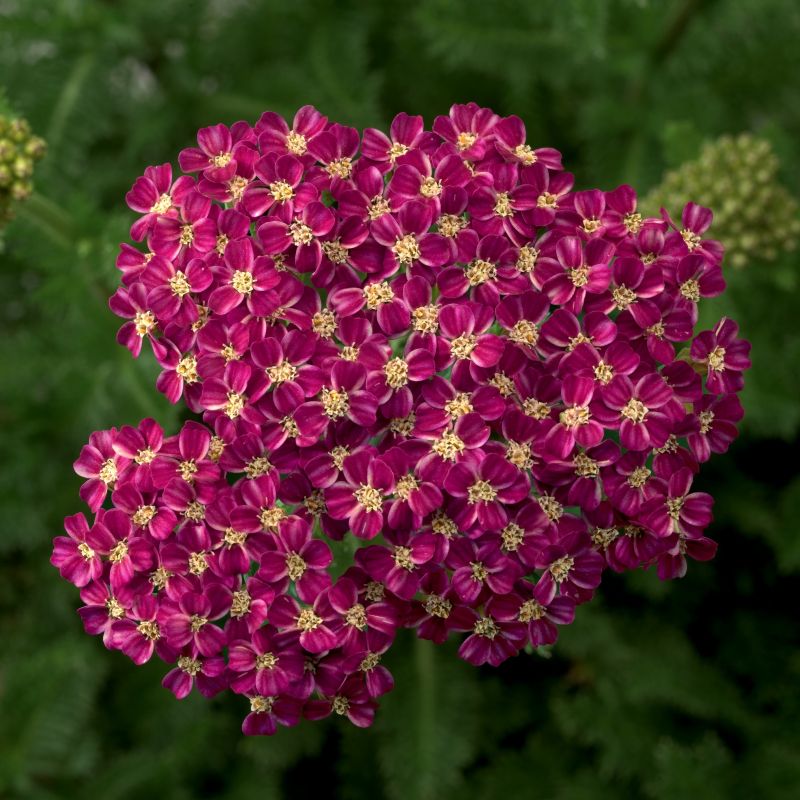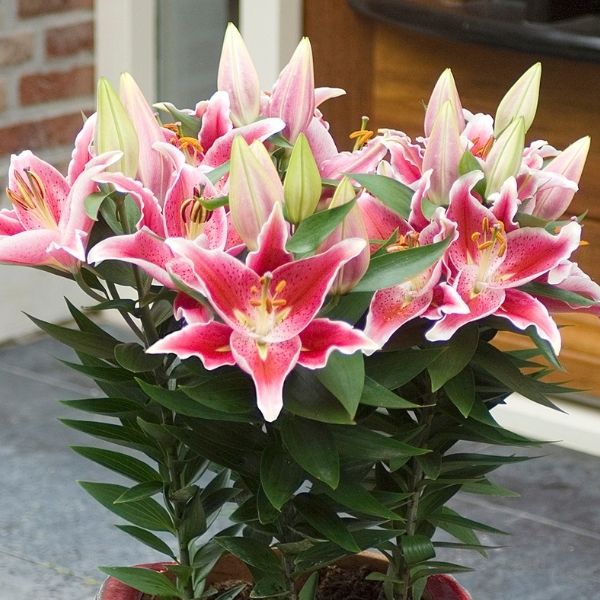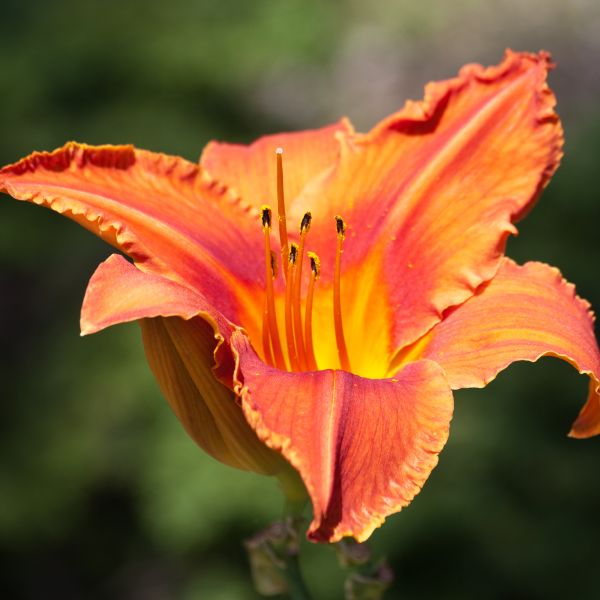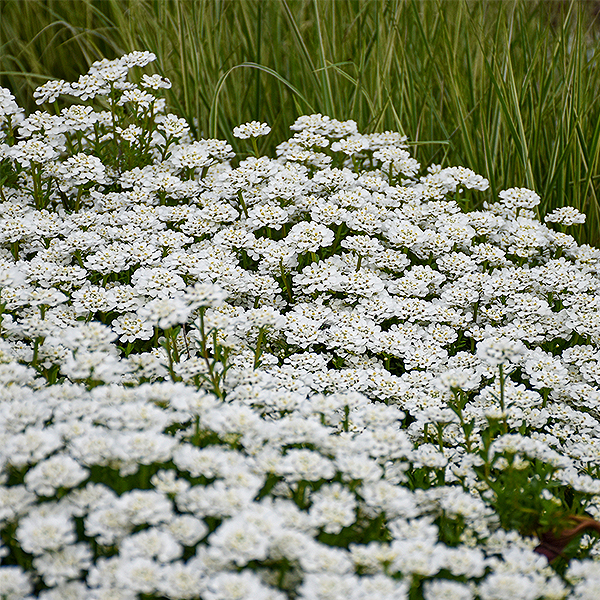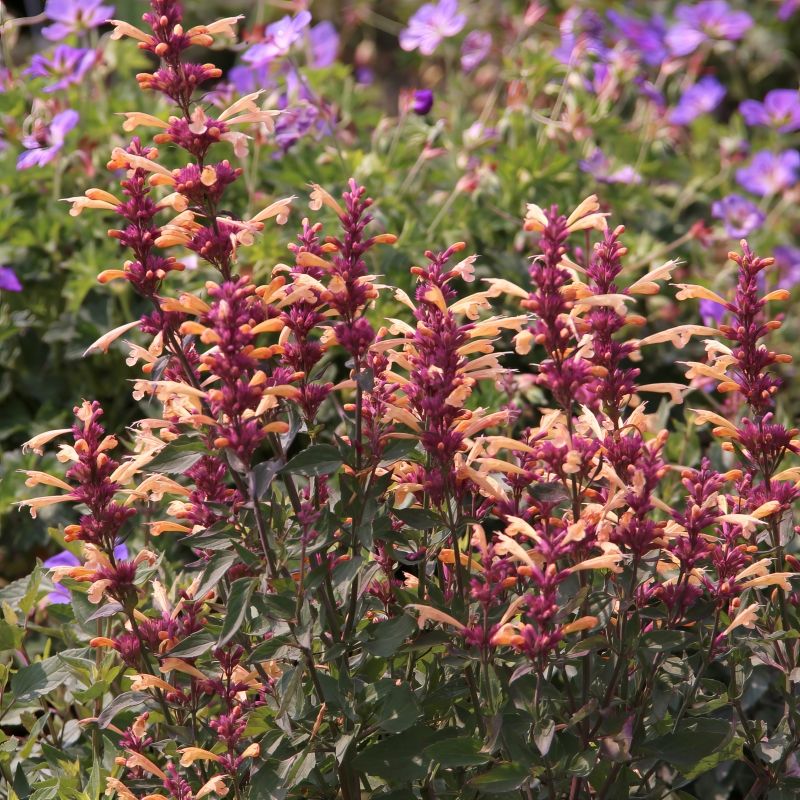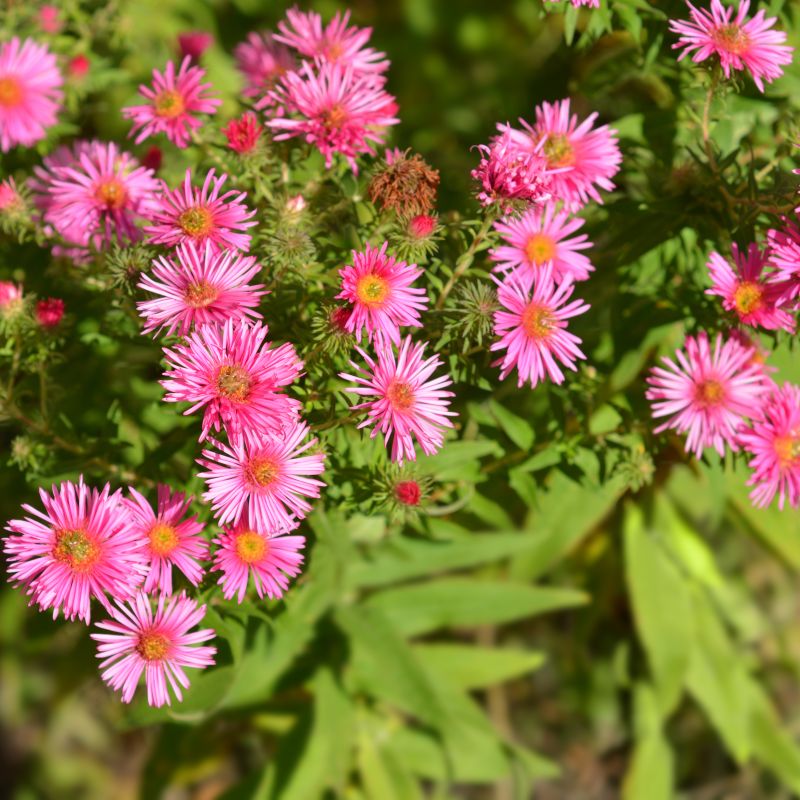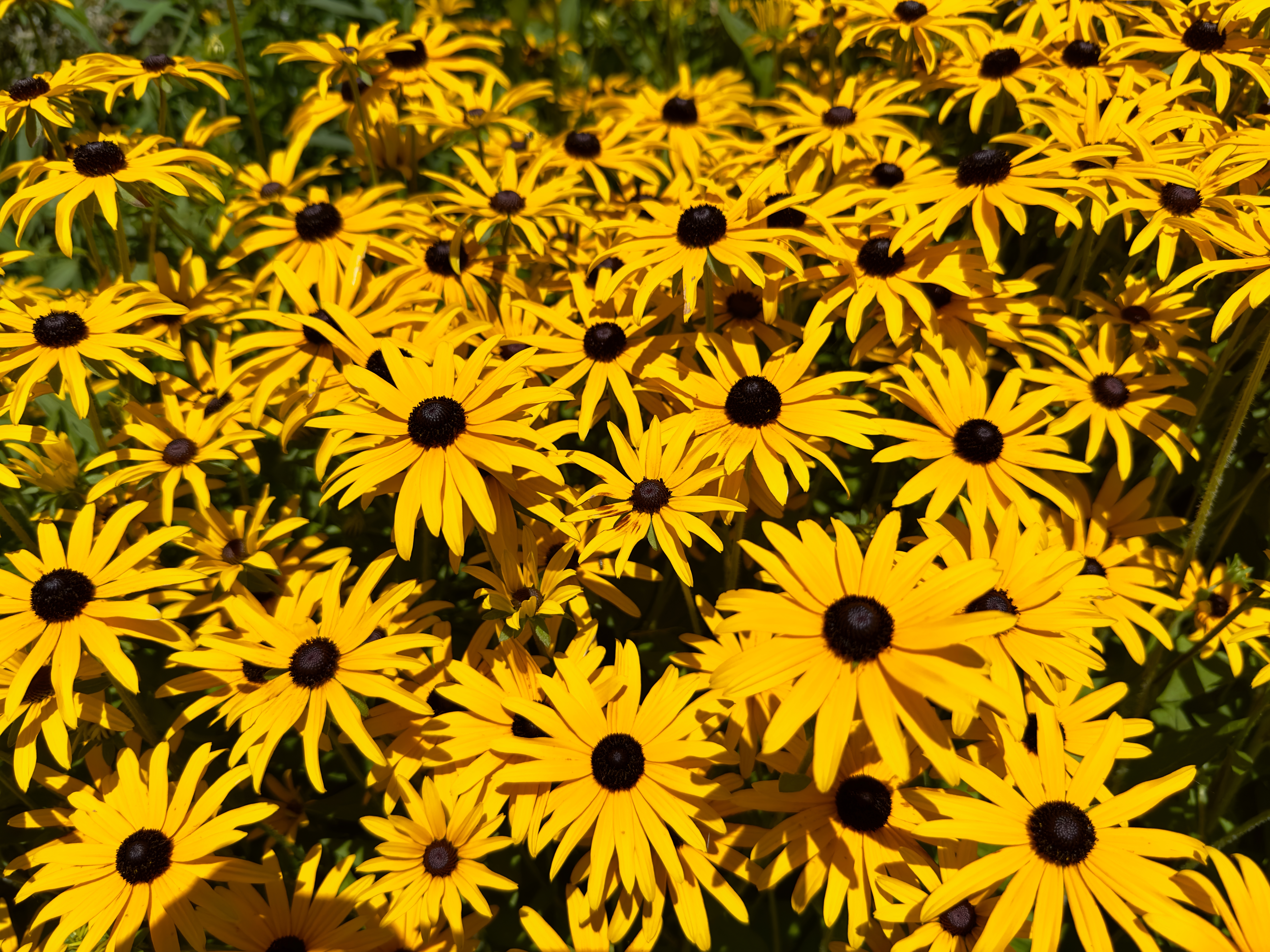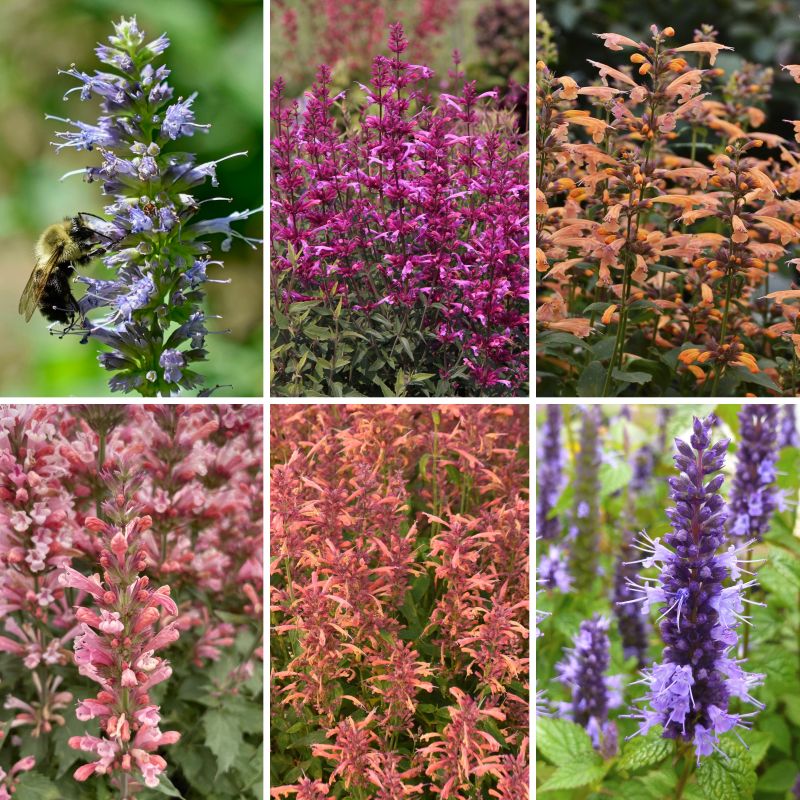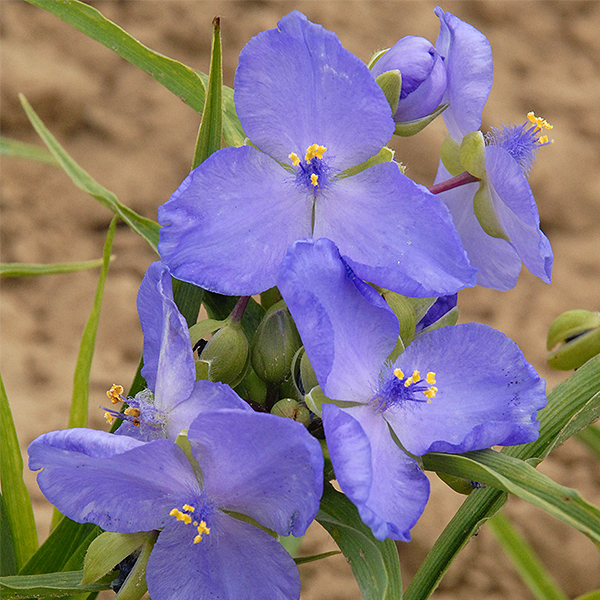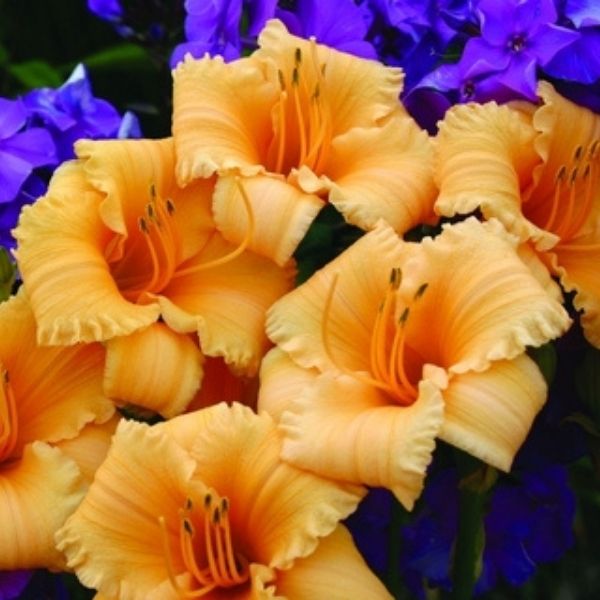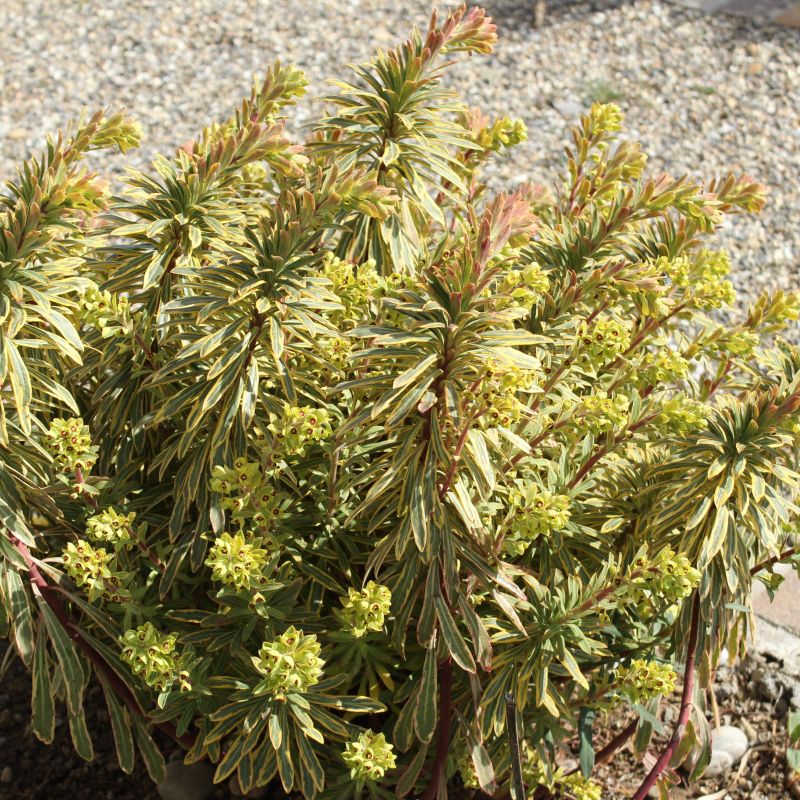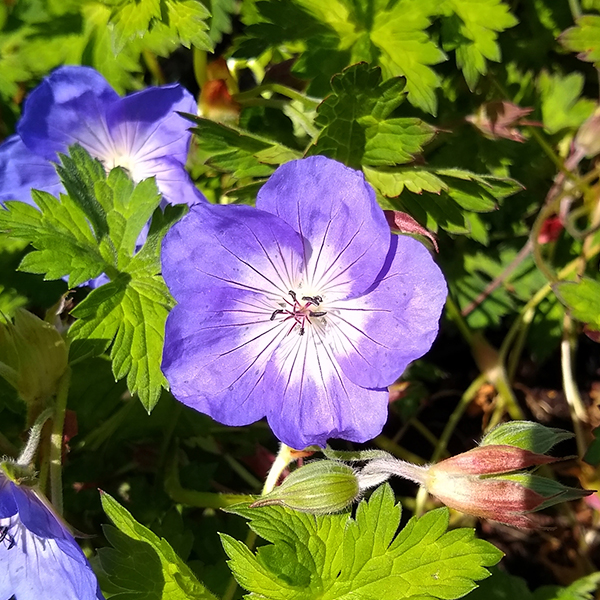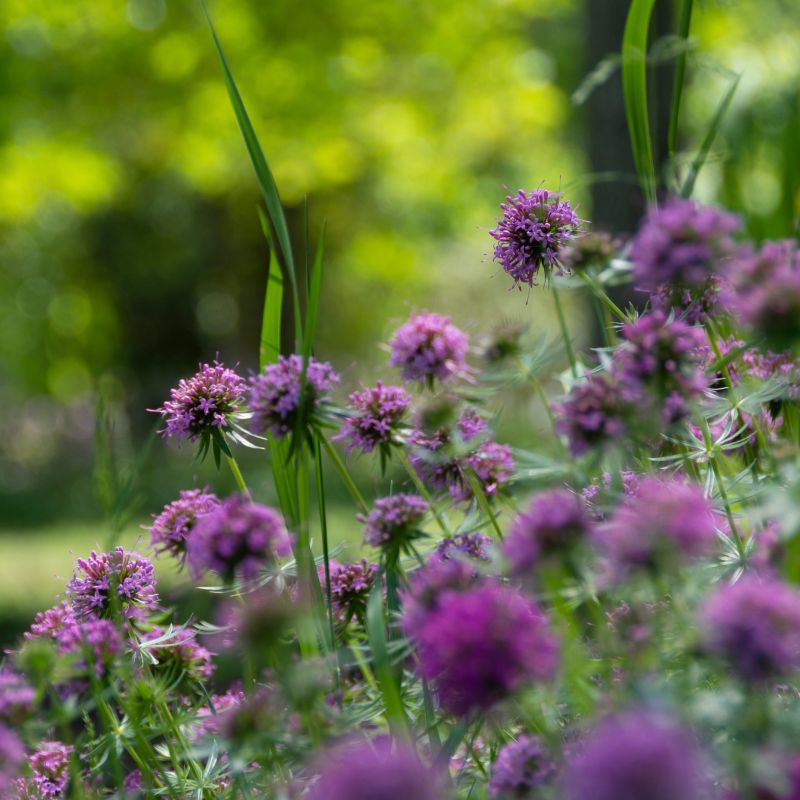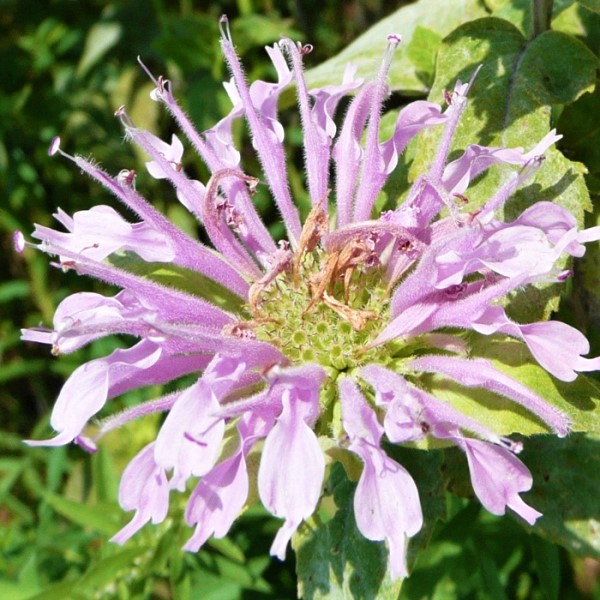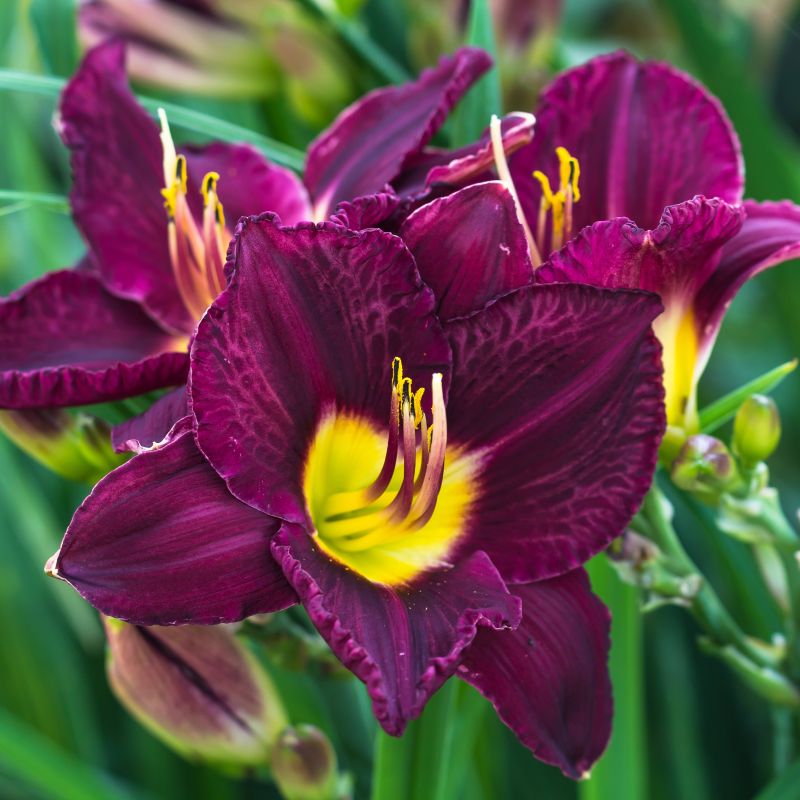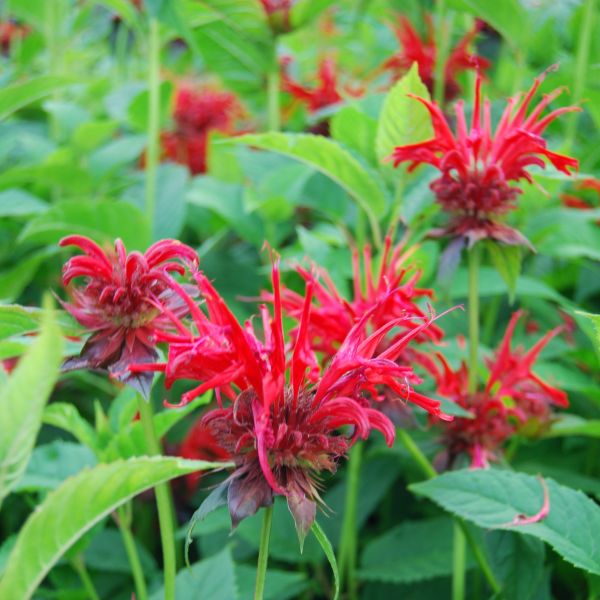
Jacob Cline Bee Balm
Monarda didyma 'Jacob Cline'
12 reviews
Jacob Cline Bee Balm
Monarda didyma 'Jacob Cline'
12 reviews
- Attracts hummingbirds and butterflies
- Tolerant of heat and drought
- Produces vibrant red flowers
$34.00
$49.00
30% Off
- Ships to 43215 in 3 to 7 days
- Free Shipping Over $150
- Plant Arrival Guarantee
- In Stock
- Free Plant Consult
$200
- Premium 1 Gallon
- 1.5 Gallon
Why Jacob Cline Bee Balm?
Jacob Cline Bee Balm is a stunning plant with vibrant red tubular flowers that attract bees, butterflies, and hummingbirds to the garden. It thrives in full sun to partial shade and prefers moist, well-drained soil. This hardy perennial blooms from mid to late summer, adding a pop of color to any garden. Its aromatic foliage also repels deer and rabbits.
People who loved this plant also bought
Sunlight
Jacob Cline Bee Balm prefers full sun to part shade, meaning it requires at least 6-8 hours of direct sunlight a day to thrive. While it can tolerate some shade, it will not produce as many flowers and may become leggy in low light conditions.
Watering
Jacob Cline Bee Balm prefers consistently moist soil and is somewhat drought tolerant once established. Water regularly, especially during dry periods, but be careful not to overwater as this can lead to root rot. Mulching around the base can help retain s
Fertilizing
Jacob Cline Bee Balm benefits from a balanced fertilizer with a higher phosphorus content for healthy growth and vibrant blooms. Fertilize in early spring, before new growth appears, and again in mid-summer to support continuous flowering. Avoid over-ferti
Jacob Cline Bee Balm (Monarda didyma 'Jacob Cline')
Jacob Cline Bee Balm is a stunning perennial plant that is a favorite among gardeners for its bright red, tubular flowers that attract bees, hummingbirds, and butterflies. This Monarda didyma variety is known for its long blooming season, from mid to late summer, adding vibrant color to any garden.
With its striking red flowers and aromatic foliage, Jacob Cline Bee Balm is also deer and rabbit resistant, making it a low-maintenance addition to any garden. This plant thrives in full sun to partial shade and prefers rich, well-drained soil. It is drought tolerant once established and is excellent for attracting pollinators to your garden.
Whether planted in flower beds, borders, or mixed containers, Jacob Cline Bee Balm is sure to add beauty and interest to your outdoor space. Considered a must-have for pollinator gardens, this plant is also known for its medicinal properties and can be used to make herbal teas and infusions.
Bring a burst of color and wildlife to your garden with the stunning Jacob Cline Bee Balm!
Plant Information:
| Botanical Name: | Monarda didyma 'Jacob Cline' |
| USDA Zones: | 4 - 9 |
| Water: | Moderate to Low |
| Exposure: | Full Sun |
| Soil Needs: | Well Drained |
| Mature Height: | 3 - 4 feet |
| Mature Spread: | 18 - 24 inches |
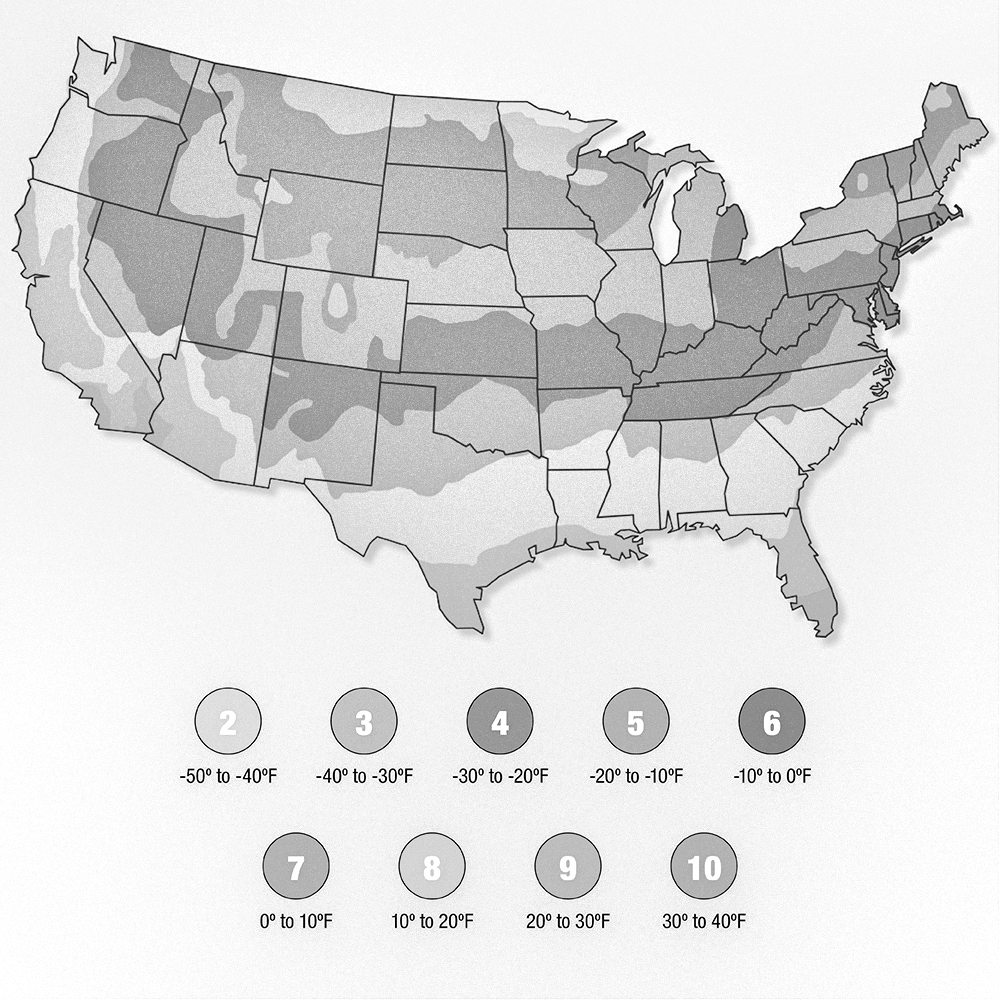
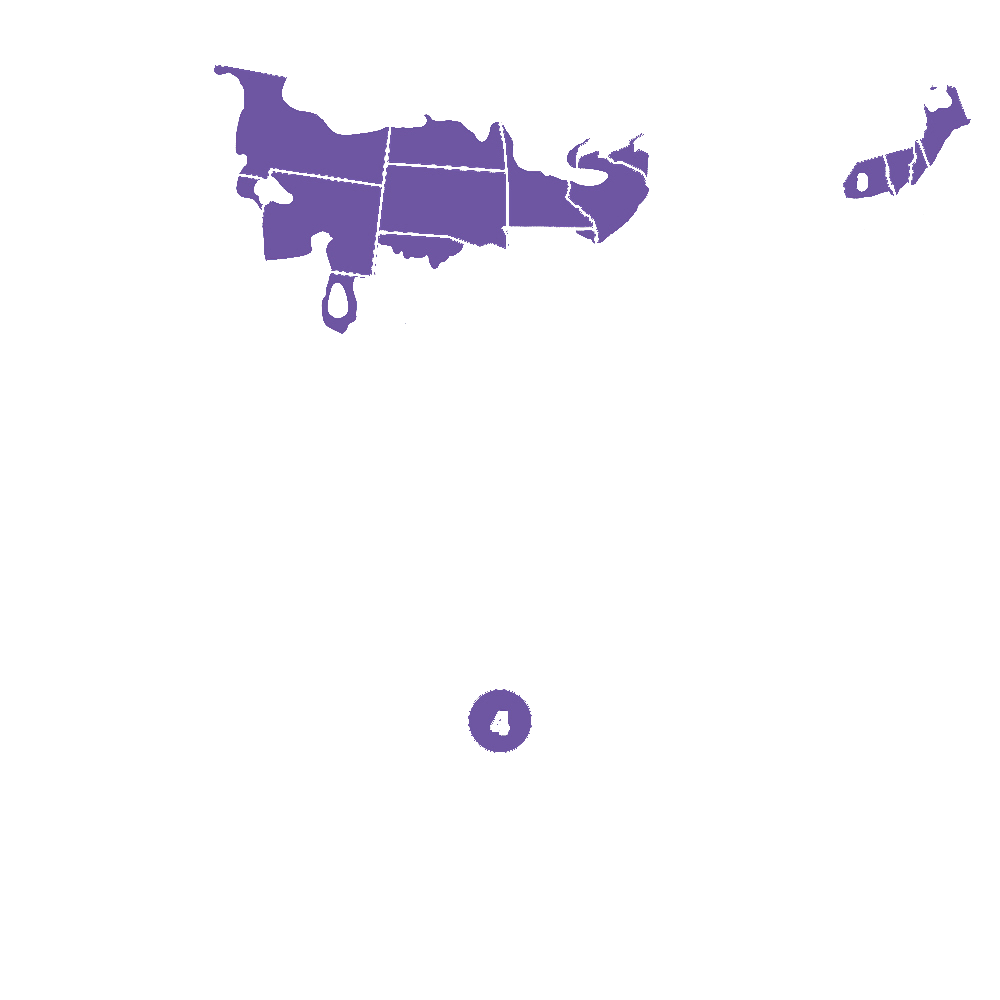
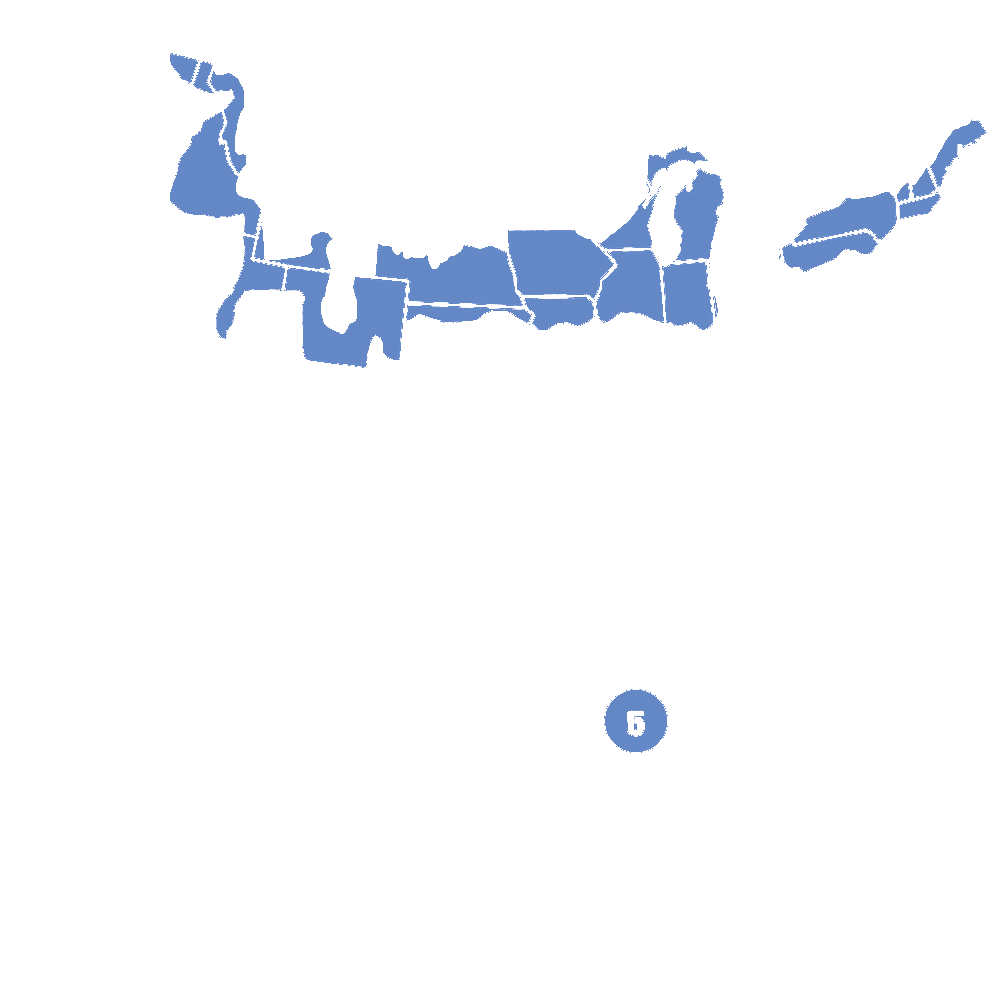
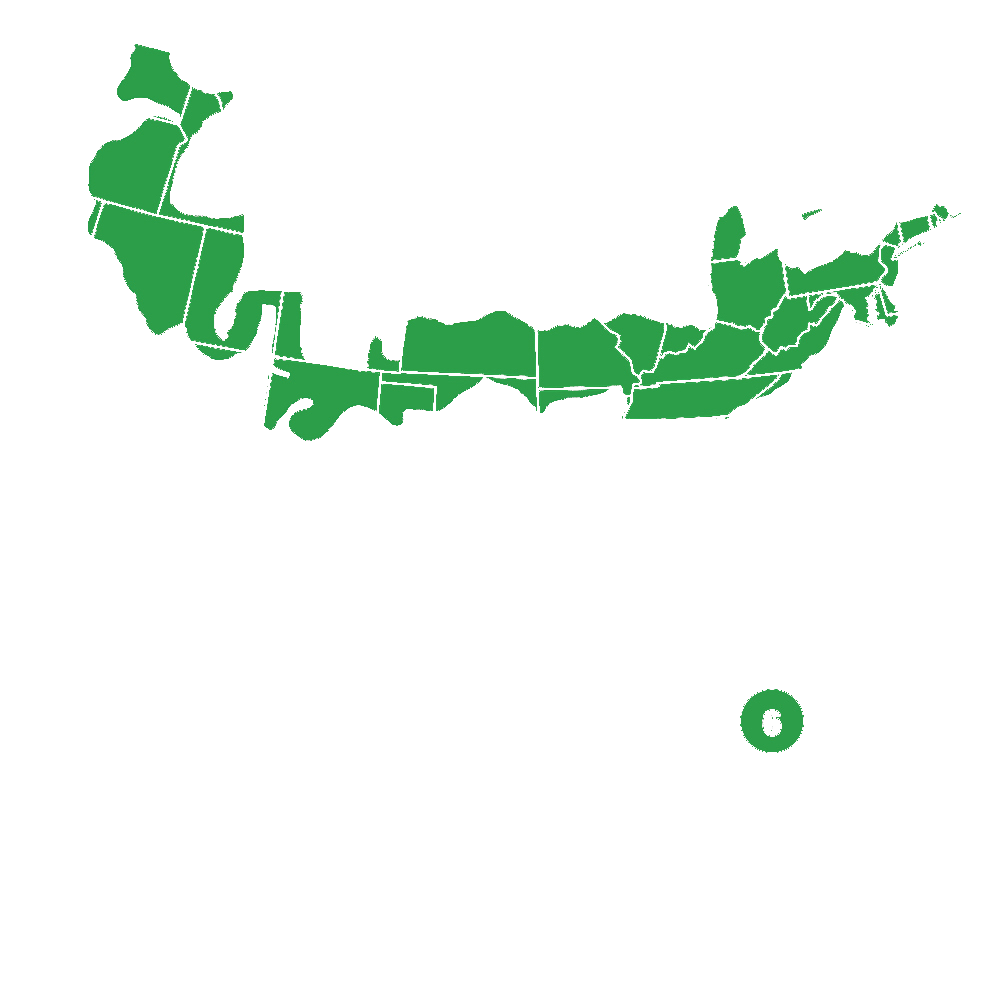
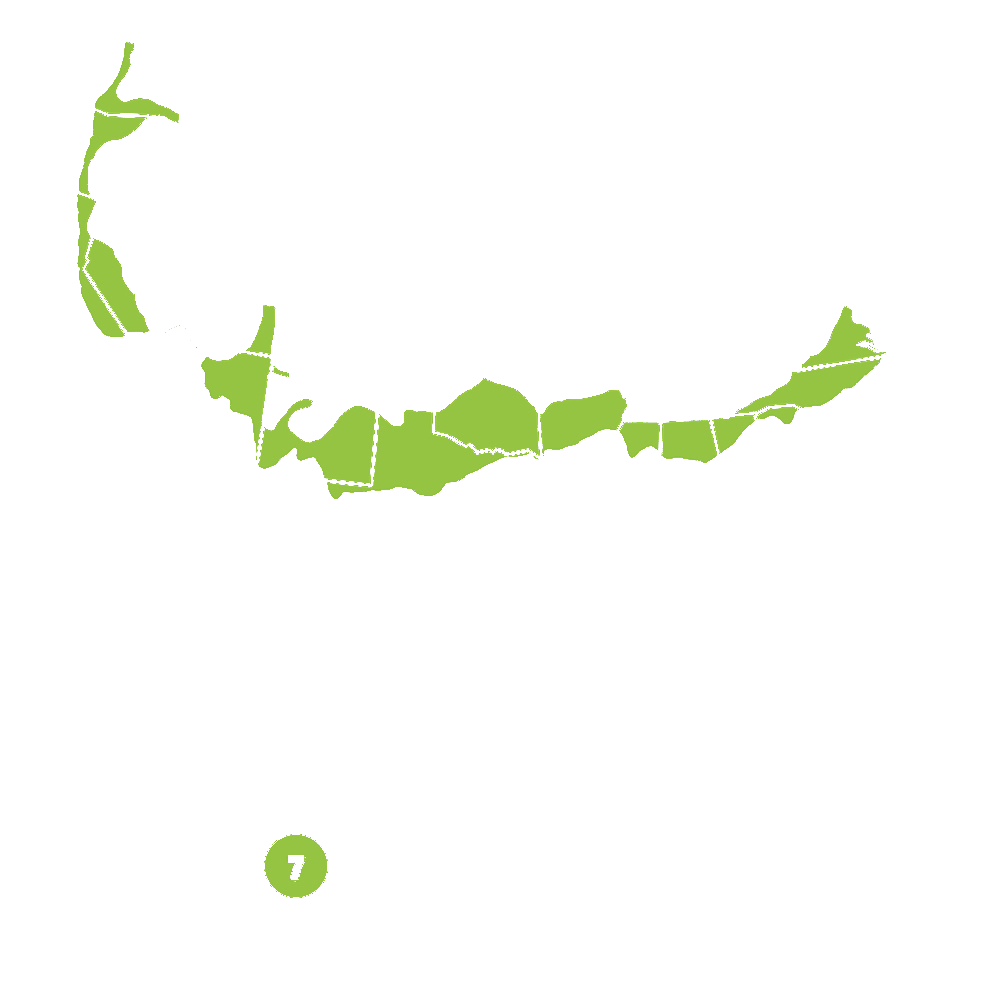
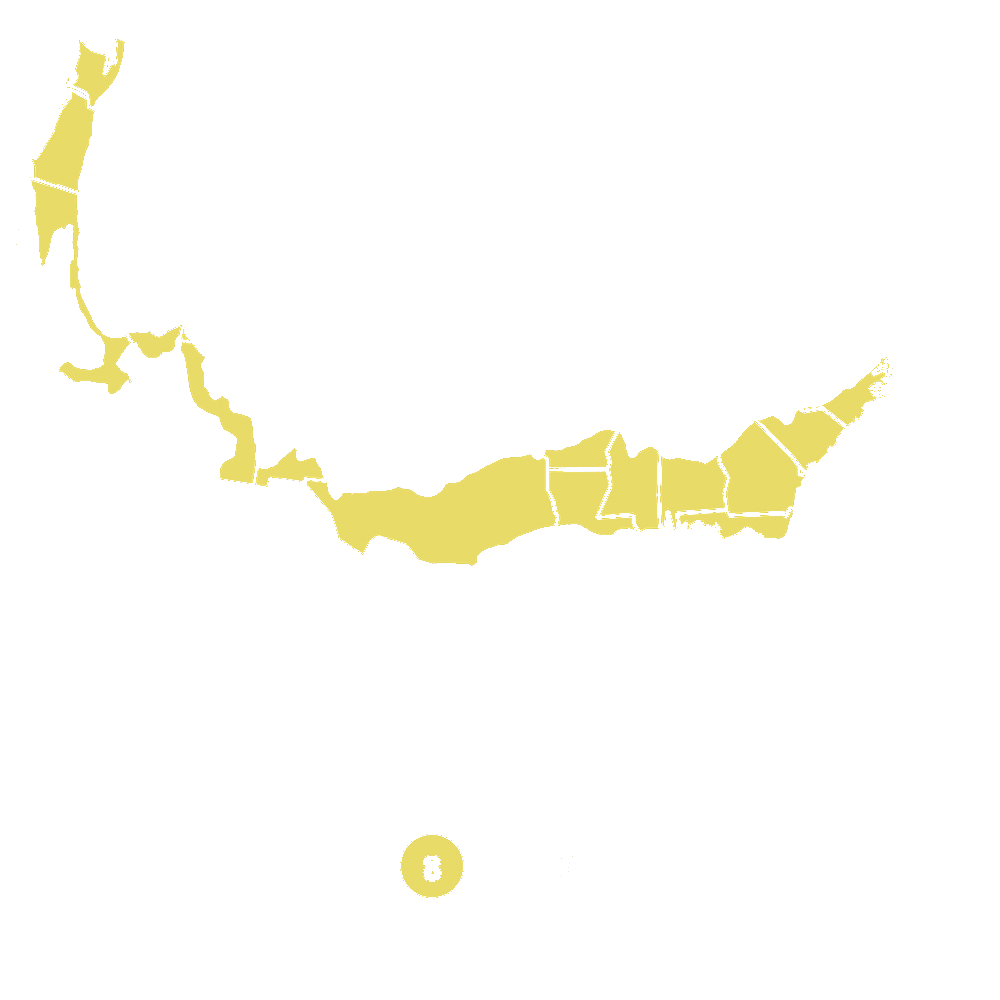
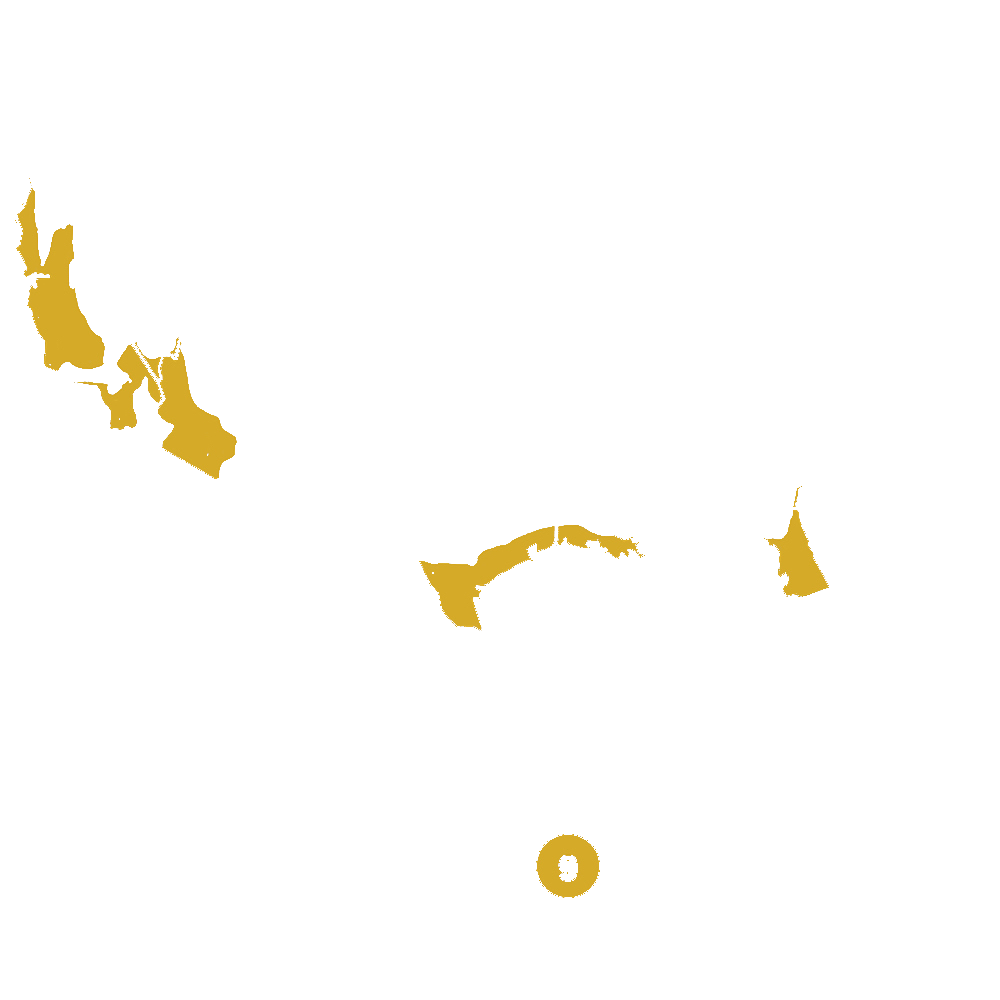
Pollination Info
Jacob Cline Bee Balm (Monarda didyma 'Jacob Cline') Pollination Info
Jacob Cline Bee Balm, also known as Monarda didyma 'Jacob Cline', is a popular perennial plant that is attractive to pollinators, especially bees and butterflies. Here is some detailed information about pollination for Jacob Cline Bee Balm:
Attracting Pollinators
The bright red tubular flowers of Jacob Cline Bee Balm are irresistible to pollinators. Bees are particularly attracted to the nectar-rich blooms, while butterflies also visit the flowers for their pollen.
Cross-Pollination
Jacob Cline Bee Balm is capable of both self-pollination and cross-pollination. Bees play a crucial role in cross-pollinating the flowers, transferring pollen from one plant to another and promoting genetic diversity.
Importance of Pollinators
Pollinators are essential for the reproduction of many plant species, including Jacob Cline Bee Balm. By pollinating the flowers, bees and butterflies help ensure the production of seeds and fruits, which are vital for the survival of the plant.
Planting Tips
To attract pollinators to your garden, plant Jacob Cline Bee Balm in a sunny location with well-drained soil. Water regularly to keep the plant healthy and blooming throughout the growing season.
FAQ
Jacob Cline Bee Balm (Monarda didyma 'Jacob Cline') FAQ
What is Jacob Cline Bee Balm?
Jacob Cline Bee Balm is a variety of Monarda didyma known for its bright red tubular flowers and fragrant foliage. It is a popular choice for attracting pollinators like bees and butterflies to the garden.
How do I care for Jacob Cline Bee Balm?
- Plant in full sun to partial shade
- Provide well-draining soil
- Water regularly, especially during hot, dry periods
- Deadhead flowers to promote continuous blooming
- Divide clumps every 3-4 years to maintain plant health
Is Jacob Cline Bee Balm prone to any pests or diseases?
Jacob Cline Bee Balm is generally resistant to pests and diseases, but it may occasionally be affected by powdery mildew. To prevent this, avoid overhead watering and provide good air circulation around the plant.
When should I plant Jacob Cline Bee Balm?
Plant Jacob Cline Bee Balm in the spring after the danger of frost has passed. It can also be planted in the fall, allowing time for the roots to establish before winter.
Can Jacob Cline Bee Balm be grown in containers?
Yes, Jacob Cline Bee Balm can be grown in containers. Choose a container with good drainage and plant in a well-draining potting mix. Water regularly and fertilize throughout the growing season.
How tall does Jacob Cline Bee Balm grow?
Jacob Cline Bee Balm typically grows to a height of 2-4 feet, depending on growing conditions and care.
Planting & Care
Planting & Care for Jacob Cline Bee Balm
Jacob Cline Bee Balm, also known as Monarda didyma 'Jacob Cline', is a beautiful perennial plant that attracts pollinators to your garden. Here are some tips for planting and caring for Jacob Cline Bee Balm:
Planting:
- Choose a sunny location with well-drained soil for planting Jacob Cline Bee Balm.
- Plant the bee balm in the spring or fall, spacing each plant about 18-24 inches apart.
- Dig a hole slightly larger than the root ball of the plant and backfill with soil, making sure the plant is at the same level as it was in the pot.
- Water the plant thoroughly after planting to help establish its roots.
Care:
- Water Jacob Cline Bee Balm regularly, especially during periods of drought.
- Apply a layer of mulch around the base of the plant to help retain moisture and prevent weeds.
- Deadhead spent flowers to encourage more blooming throughout the season.
- Divide the plant every 3-4 years to prevent overcrowding and improve air circulation.
- Monitor for common pests and diseases, such as powdery mildew, and treat as needed.
- Fertilize the plant in the spring with a balanced fertilizer to promote healthy growth.
By following these planting and care tips, you can enjoy beautiful blooms and attract pollinators to your garden with Jacob Cline Bee Balm.
Check Out These Verified Customer Reviews:
Customer Reviews
4.7 out of 5 based on 12 reviews
Thank you! Your review has been submitted.
Customer service was helpful and responsive to my inquiries. Great experience overall.
Thrilled with my purchase, highly recommend
Fast shipping and well-packaged
Item has been added to your cart.

